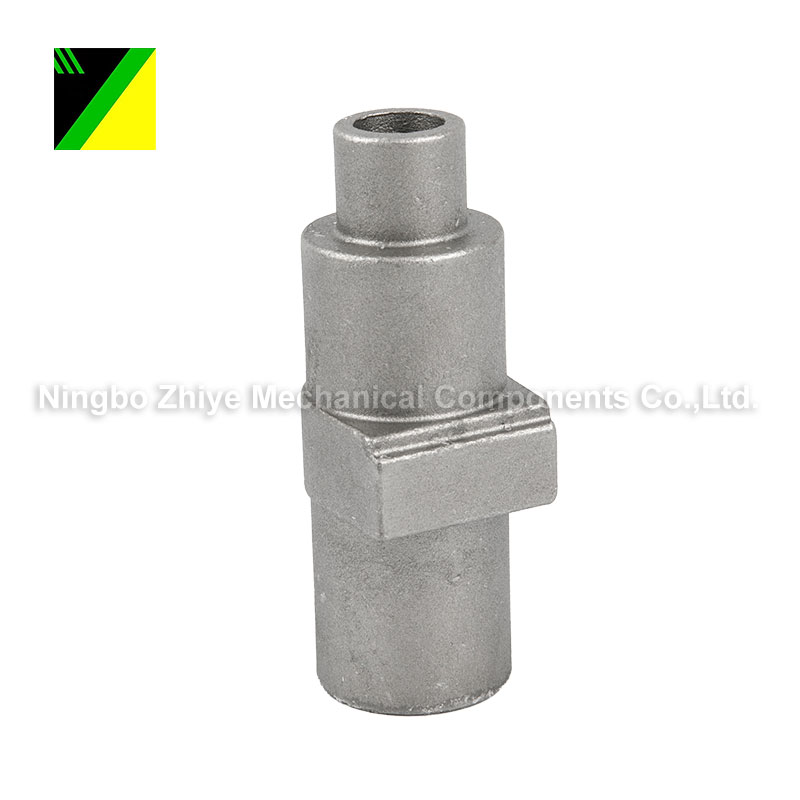How to prevent cracks in stainless steel castings?
2023-10-16
1. Structure of the casting
It is necessary to fully consider the structure, shape, size, thickness, and connection of castings that affect the liquid and solid shrinkage of castings during silica sol investment casting, select appropriate process parameters, and avoid welding defects such as shrinkage and porosity. The gate control system of the casting must be well-designed. If you want to use sprue and other processing technology countermeasures, the placement position must be effective, not only to ensure the compactness of the internal structure of the casting, but also to reduce stress caused by the situation.
2. Smelter
The content of harmful elements such as P and S should be reduced as much as possible during the smelting process, as should the content of gas and inclusions such as N, H, and O. Depending on the use of low-phosphorous steel master alloys, they can produce good practical results.
3. Thermal protection
Increase the heat insulation time of castings in the sand mold appropriately, primarily to keep the unpacking temperature below 70°C, to ensure that the cold insulation castings are fully packed in liquid and solid in the sand mold, and to avoid stress caused by external force factors.
4. sand shaking
It is prohibited to pour sand molds and casts while boxing, and it is also prohibited to use strong external force impact methods such as hitting boxes to prevent cracks from being affected by the interaction of external force and casting thermal stress.
5. Gate for laser cutting
Select the appropriate silica sol casting processing method in accordance with the casting standard to ensure that the thermal cutting starting temperature is greater than 300 °C. The gas cutting torch and oxygen blowing tube are cut by a vibrating laser during operation. After cutting key parts with oxygen, cover the gap with asbestos cloth or begin the furnace heat treatment process as soon as possible. Secondary thermal cutting is used for castings with complex structures, such as upper crowns and axial flow fan blades, as well as for processing techniques that are unique to the casting.
6. Heating
When troubleshooting stainless steel castings, the heating conditions must be followed. To operate, the workpiece must be heated above 108°C during the blowing and welding processes. If a relatively large crack defect is discovered, stress relief annealing must be performed first, followed by processing.
7. Improve quenching
The stress-relief quenching process is upgraded once for important stainless steel plate castings, and the heat insulation time and release temperature are strictly controlled. Its goal is to reduce new stress created during the manufacturing process, remove thermal stress from the casting more completely, and avoid cracks.



